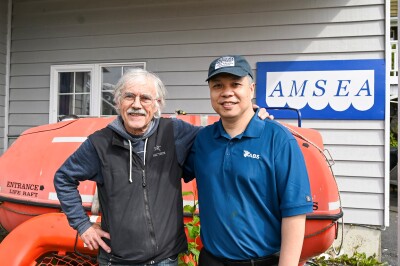Have you ever wondered just how that salmon got to your table at the restaurant, or in the grocery store, or on your barbecue at home? Salmon not only have to swim through a lot of water, both fresh and salt, but a lot of regulations as well. But those regulations protect them, ensuring there will be salmon for future generations.
The following outlines how conservation of salmon works, particularly for the Columbia River, the greatest salmon river of them all. It covers a century and a half of how people have coped with changes in the natural environment, fluctuations in fish populations, ocean conditions, pollution, control of fishing operations, as well as a host of other issues, by developing laws and structures that help ensure their survival.
During the 19th and early 20th centuries, the states of Oregon and Washington each managed its own fisheries in the Columbia River. In order to more effectively manage Columbia River fisheries, both states passed legislation establishing a bi-state compact to manage Columbia River fisheries together in 1915. As required by Article 1, Section 10 of the U.S. Constitution, Congress ratified the resulting Columbia River Compact in 1918.






